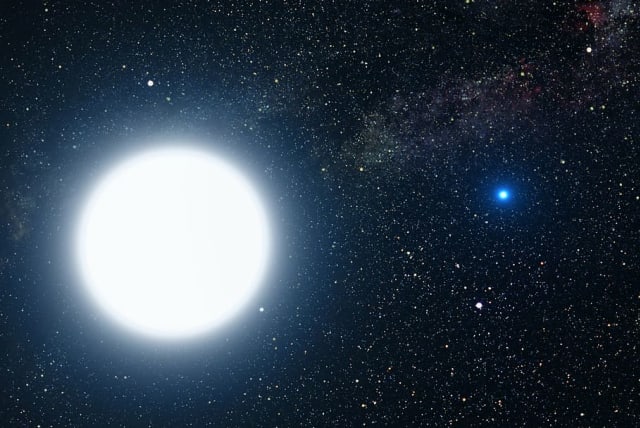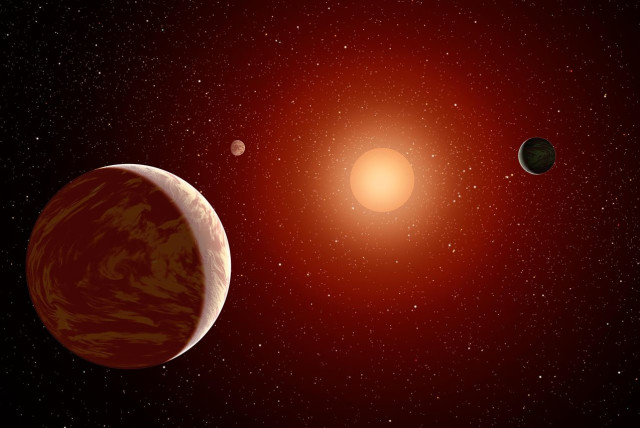This star has waves strong enough to eviscerate Earth

This phenomenon is reportedly the first time that titanic waves are repeatedly breaking on one of the stars in the system.
Extremely large waves are crashing upon a colossal star, which goes by the name MACHO 80.7443.1718 (MACHO standing for massive astrophysical compact halo object), according to a recent study.
The study, published in the peer-reviewed journal Nature Astronomy on Thursday, states that the star raises tidal waves "so large that they break, shock-heating and dissipating energy and angular momentum on the surface of the star." The study states that the star is a "natural product of massive binary star evolution." Its material, which the study describes as "shock-heated," forms a "rapidly rotating circumstellar atmosphere."
There is a lack of nonlinear tides through the star's surface wave breaking, according to the study, which causes its synchronous rotation. This phenomenon is reportedly the first time that titanic waves were repeatedly breaking on one of the stars in the system.
The brightness of the star
The study concludes that this "heartbeat star" could be used for the study of nonlinear tidal dissipation. Heartbeat stars are stars in close pairs that periodically pulse in brightness. Stars in heartbeat systems loop through oval orbits, and tides are created whenever they orbit close together.
Morgan MacLeod, a postdoctoral fellow in Theoretical Astrophysics at the Center for Astrophysics, and one of the authors of the study stated that "each crash of the star's towering tidal waves releases enough energy to disintegrate our entire planet several hundred times over." This is because the star is 35 times the Sun's mass.
Heartbeat stars' shapes are stretched and distorted by the tides. This affects the amount of starlight seen coming from them. The brightness fluctuation measured around 200 times more than average heartbeat stars.
Jerusalem Post Store
`; document.getElementById("linkPremium").innerHTML = cont; var divWithLink = document.getElementById("premium-link"); if (divWithLink !== null && divWithLink !== 'undefined') { divWithLink.style.border = "solid 1px #cb0f3e"; divWithLink.style.textAlign = "center"; divWithLink.style.marginBottom = "15px"; divWithLink.style.marginTop = "15px"; divWithLink.style.width = "100%"; divWithLink.style.backgroundColor = "#122952"; divWithLink.style.color = "#ffffff"; divWithLink.style.lineHeight = "1.5"; } } (function (v, i) { });

